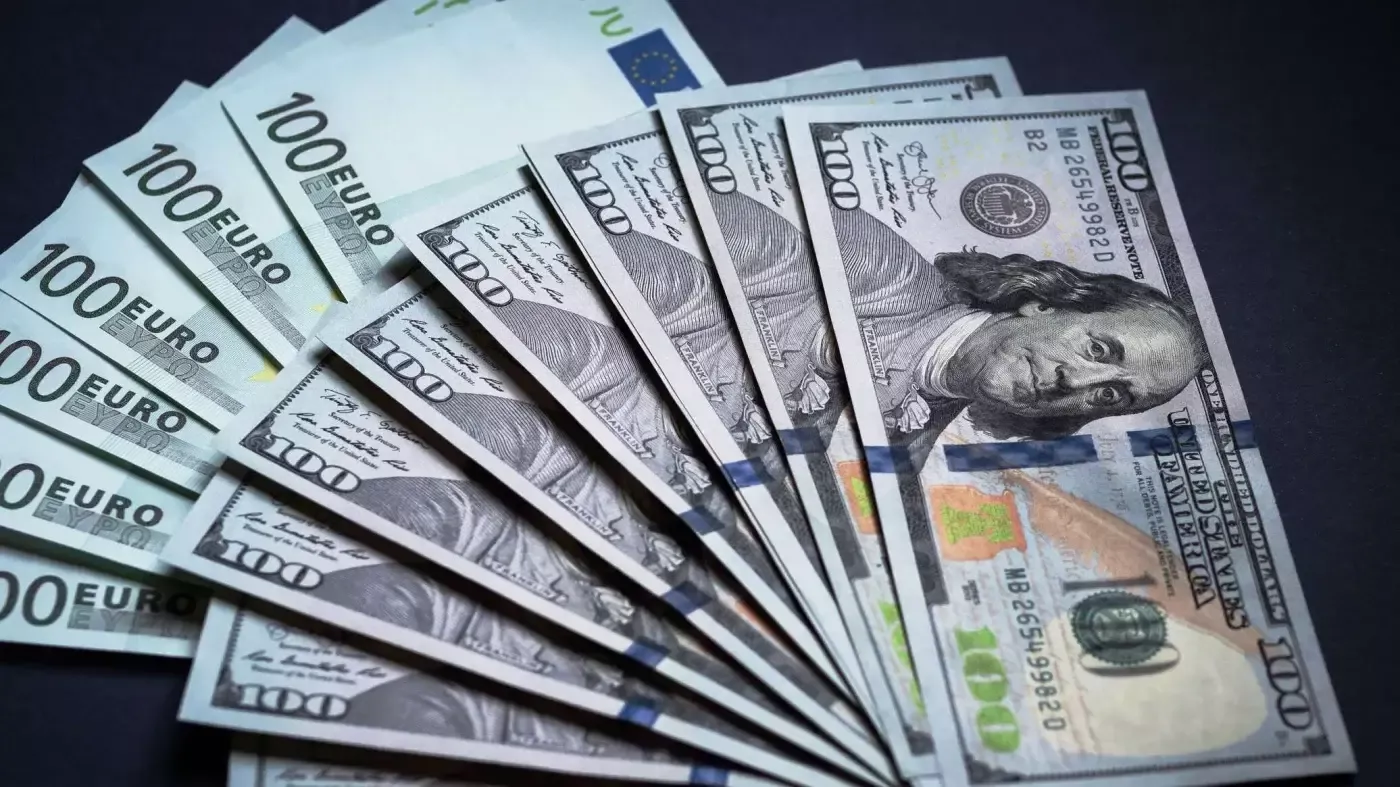
The dollar has fallen again, the euro has dropped, the ruble has risen — what signals are there in the exchange rates?
The Central Bank of Uzbekistan announced new official exchange rates for foreign currencies against the som on April 18. According to the new rates:
- 1 dollar — 12,964.43 som (▼ 30.16 som)
- 1 euro — 14,744.45 som (▼ 17.40 som)
- 1 ruble — 158.28 som (▲ 0.60 som)
Against this backdrop, the dollar has fallen for the second day in a row. The euro has also dropped, while the ruble has slightly recovered.
What do the fluctuations in the currency market indicate?
The recent rises and falls have raised questions among economists and the public: is the exchange rate being artificially maintained?
Some economic analysts point out that if the exchange rate is fully liberalized, 1 dollar could reach 18,000 to 20,000 som. They believe this would be a rate closer to the real demand and supply ratio in the market.
However, the Central Bank rejects these claims. According to the regulator, the formation of the rate is carried out through market mechanisms, and currency interventions are made to soften sharp fluctuations.
What could the rate be by the end of 2025?
There is currently no clear scenario, but analysts mention three possible scenarios:
1. Stabilization scenario: If the Central Bank continues to manage the market, the rate could remain around 13,200 to 13,500 som by the end of 2025.
2. Economic pressure scenario: If prices rise and inflation intensifies, the rate could reach around 14,000 to 15,000 som.
3. Free market scenario: If the rate is fully liberalized and demand for currency is high, 1 dollar could rise to 17,000 to 20,000 som.
What should be done? Risks and opportunities in the near future
- For businesses and exporters — those earning in foreign currency will benefit if the rate rises, but import costs will increase.
- For the population — the risk of inflation remains, especially in sectors and markets dependent on imported goods.
- For the banking and financial system — maintaining the exchange rate stability becomes a major issue.

